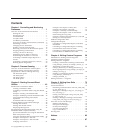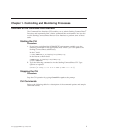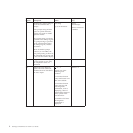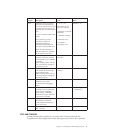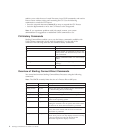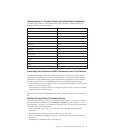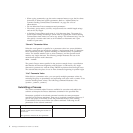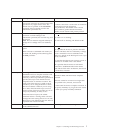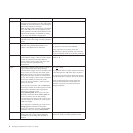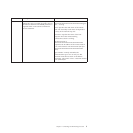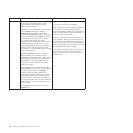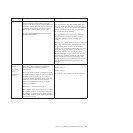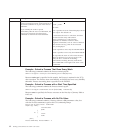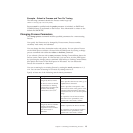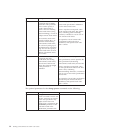
Parameter Description Values
class The node-to-node session on which a Process
can execute. A Process can execute on the class
specified or any higher session class. The
default class is specified as the sess.default
parameter of the local.node record in the
initialization parameters file.
1|n
A numeric value from 1 to the value of maximum
concurrent local node connections
(sess.pnode.max). The default value is 1. The
value cannot be greater than the maximum
number of local sessions with primary control.
crc Determines if crc checking is performed. This
parameter overrides settings in the
initialization parameter, the network map, and
the Process.
Note: The user must be assigned authority to
change the crc settings in the user authority
file.
on|off
on—Turns on crc checking.
off—Turns off crc checking. The default is off.
hold Determines if the Process is placed in the Hold
queue.
When a Process is submitted with retain=yes
or retain=call, Sterling Connect:Direct ignores
the hold parameter.
yes | no | call
yes—Specifies the Process is placed in the Hold
queue in HI status until it is released by a change
process command. A Process submitted with
hold=yes is placed on the Hold queue even if you
specify a start time.
no—Specifies that the Process executes as soon as
resources are available. This is the default.
call—Specifies that the Process is held until a
connection is established between the remote
node and the local node. At that time, the Process
is released for execution.
maxdelay How long the submit command waits for the
submitted Process to complete execution. This
parameter is useful when the command is
issued by a shell script. When this parameter is
specified, the script waits until the Process
completes before it continues execution. The
return code of the Process is stored in the $?
variable if you are using the Bourne or Korn
shell and in $status variable if you are using
the C shell, which the shell script can use to
test the results of Process execution. If you do
not specify maxdelay, no delay occurs.
If the time interval expires, the submit
command returns a warning status code and
message ID to the issuing Process or CLI/API.
The Process is not affected by the time interval
expiration and executes normally.
unlimited | hh:mm:ss |0
unlimited—Waits until the Process completes
execution.
hh:mm:ss—Waits for an interval no longer than
the specified hours, minutes, and seconds.
0—Waits until the Process completes execution. If
you specify maxdelay=0, you get the same results
as when you specify maxdelay=unlimited.
newname A new Process name that overrides the name
in the submitted Process.
A name up to 256 characters long
Chapter 1. Controlling and Monitoring Processes 7



